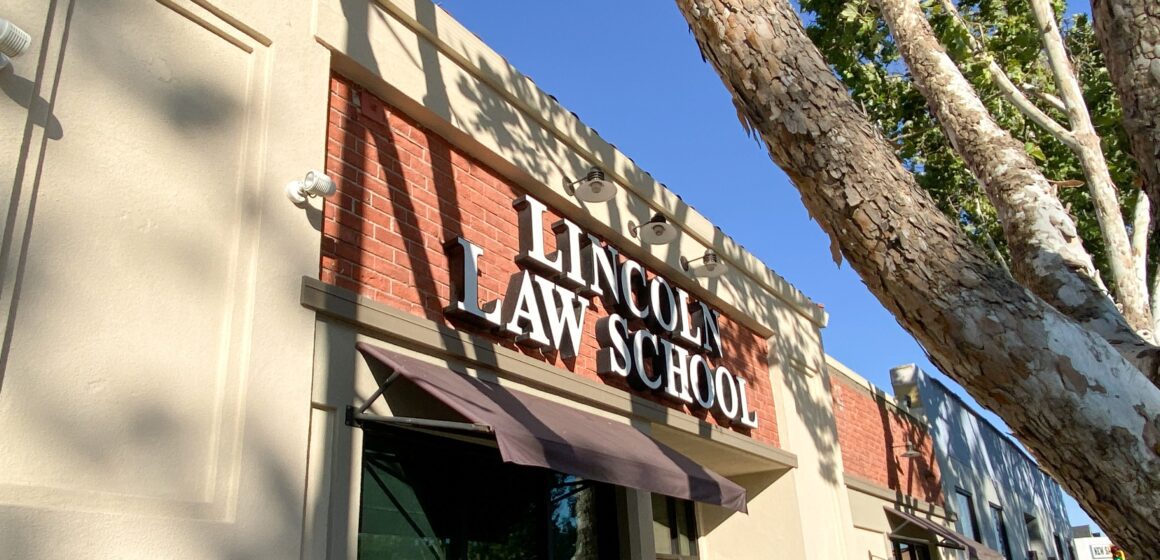It’s Natalia Zamora’s dream to become a doctor.
As an immigrant, Zamora, 24, had to navigate a chronic health condition while feeling dismissed by the medical system. Her experience steered her toward the health care sector and she received a full ride to Stanford Medicine to earn her MD. She’s one of handful of students where money won’t be a deterrent. For others who want to become nurses, lawyers and doctors, the road ahead will be challenging.
Congress passed President Donald Trump’s “Big Beautiful Bill,” this month, which eliminates grad PLUS loans that allowed students to cover the cost of their master’s degree with federal loans. The bill also clamped down on other student loans. For people pursuing careers in licensed professions such as social work, law or medicine, the annual cap is $50,000 with a $200,000 limit. People pursuing non-licensed degrees will have an annual limit of $20,500 and a $100,000 cap. There is also a lifetime limit of $257,500 on loans for graduate and undergraduate students. The changes take effect July 1, 2026.
Zamora fears this will prevent low-income people from pursuing a degree in medicine.
“Medical school is so expensive. You can’t just cut down the costs,” Zamora told San José Spotlight. “A big portion of it is the tuition, which the schools set, and it increases every year. Every year rent increases. Food is getting more expensive.”
Her four-year program at Stanford costs $110,000 annually, including housing and food. Public universities are lower. UC San Diego’s medical program costs about $75,000 a year, including living expenses.
Without federal loans to cover the full costs, students will have to take out private loans, which can have higher interest rates. This could thwart people of color from entering these professions, causing less representation in Latino, Black and Asian communities, Latinas Contra Cancer Executive Director Darcie Green said.
“When you cut off these financial opportunities for students of color, for immigrant students, for first gen students, not only are you widening the gap in those fields, but you’re also worsening patient outcomes,” Green told San José Spotlight. “You’re deepening health disparity.”
Research shows patients with doctors of the same background tend to have better communication, care and overall better outcomes.
Latino doctors make up just 6% of the medical workforce, Blacks make up 5%, Asians 19% and Native Americans 0.3%. White people constitute the majority, at 56%, according to the American Medical Association.
Black and Latino people face the largest health disparities in Santa Clara County.
The groups have the highest rate of death from diabetes, double the rate of other groups in the county. From 2019-2023, Blacks died at a rate of 41 people per 100,000 residents, and Latinos died at a rate of 37. White people had a death rate of 17.5 individuals per 100,000 residents and Asians had a rate of nearly 20 individuals per 100,000 residents, according to the Latino Health Assessment.
Black mothers and infants also suffer higher mortality rates. Between 2018 to 2023, Black mothers died at an average rate of 69 deaths per 100,000 births, compared to 18 for white mothers, 13 for Latinas and eight for Asians.
Alma Burrell, chief administrative officer at Roots Community Health, said the restructuring of graduate federal loans is going to significantly affect the workforce and lessen opportunities for people of color to build generational wealth. Roots provides culture-centric primary care to the county’s Black community.
“Part of the reason why we want more people of color is because there’s a lot of distrust in the medical establishment,” Burrell told San José Spotlight. “I got my graduate degree on federal student loans. I couldn’t even imagine going to graduate school now.”
 The rolling back of grad PLUS loans may have people seeking more cost-affordable options like Lincoln Law School of San Jose, registrar Kim Zea said. The four-year, part-time program costs $22,000 annually and is geared specifically for working people. Since the school doesn’t accept federal loans, it has already devised different payment options. Students are allowed to pay their tuition in installments throughout the year. The school provides private loans through lender Sallie Mae.
The rolling back of grad PLUS loans may have people seeking more cost-affordable options like Lincoln Law School of San Jose, registrar Kim Zea said. The four-year, part-time program costs $22,000 annually and is geared specifically for working people. Since the school doesn’t accept federal loans, it has already devised different payment options. Students are allowed to pay their tuition in installments throughout the year. The school provides private loans through lender Sallie Mae.
Zea said people who are passionate about a profession will find a way.
“If being an attorney is their end goal, they’re going to make it work one way or another,” Zea told San José Spotlight. “But (others), if they can’t afford it, they’re not going to pursue it. So if the loans go away, those are the students that are most likely to get lost.”
Contact Joyce Chu at [email protected] or @joyce_speaks on X.



Leave a Reply
You must be logged in to post a comment.